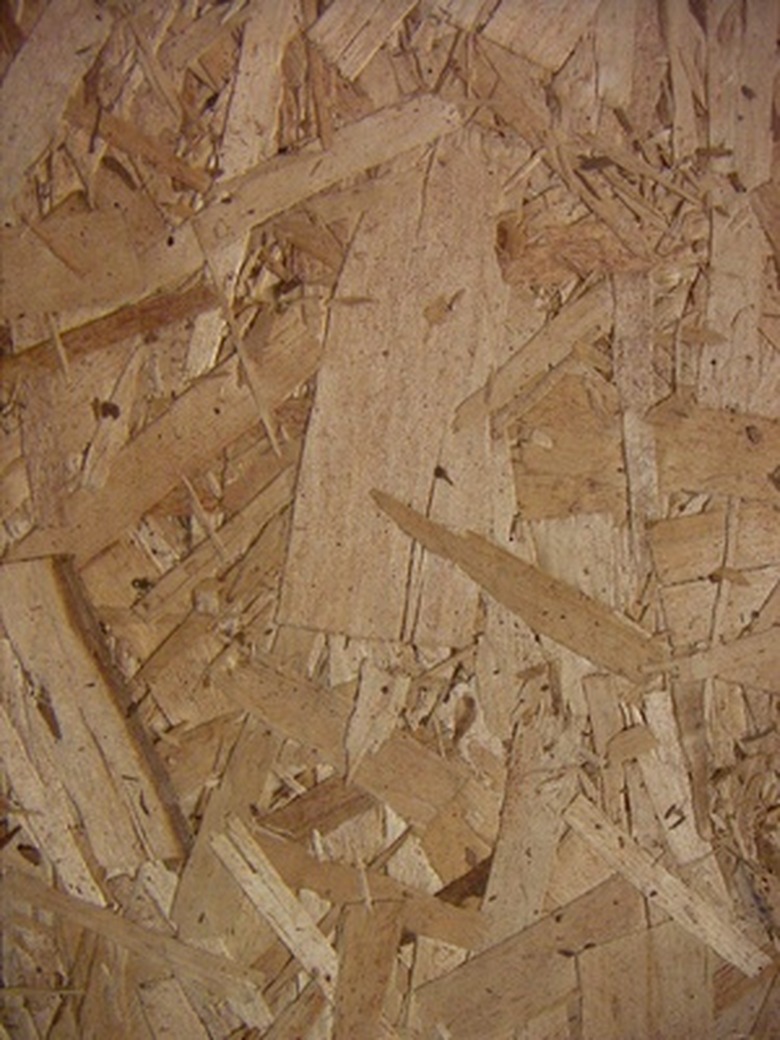How To Remove Moisture In Particle Board
Things Needed
-
Sponge
-
Screwdriver
-
Claw hammer
-
Hair dryer
-
Scrubbing brush
-
Water-repellent preservative
-
Paintbrush
Woodworkers use particle board for making countertops, doors, cupboards and shelves. Carpet fitters use the board to create a level surface and provide an underlayment for flooring. Particle board is a composite material, made up of wood chips and small pieces of cellulose, bound together under pressure with a sticky resin. It is cheap and versatile but swells when it gets wet. The board's fibers absorb moisture easily, especially in poorly ventilated or damp locations, such as basements and bathrooms. Damp particle board will crumble and rot, so it is imperative to dry it out quickly, before problems occur.
Step 1
Sponge up any visible moisture on the surface of the particle board. According to water-removal specialists Allcare Restoration, removing water in its liquid state is 500 times more efficient than using evaporation.
Step 2
Remove the screws or nails that fix the particle board panel in place, using a screwdriver or claw hammer. Lift the panel out of its position. Turn the panel over and sponge up any visible moisture on its underside.
Step 3
Transfer the panel to a dry, covered, airy place where the moisture can evaporate naturally. This may take several days, depending on how damp the panel has become.
Step 4
Blow hot air over the panel using a hair dryer to speed up the drying process. A stream of moving, warm air greatly increases the rate of evaporation.
Step 5
Scrub the particle board panel vigorously with a dry scrubbing brush to remove any dust or surface debris.
Step 6
Apply a water-repellent preservative to the particle board panel, using a paintbrush. This prevents the panel from absorbing moisture in the future and protects it against mold and mildew. The edges of a panel tend to absorb the greatest amount of moisture, so pay particular attention to them, as well as any joints where moisture might creep in. Keep applying the water-repellent until no more of it will sink into the panel.
Step 7
Leave the treated panel for at least two days to let the water-repellent dry fully. Return the panel to its original location and fix it back in place.
Tip
Do not use steel wool or a wire brush to clean particle board. Tiny deposits of iron can be left behind that will react with the water-repellent preservative to leave an unpleasant, dark-blue stain.
